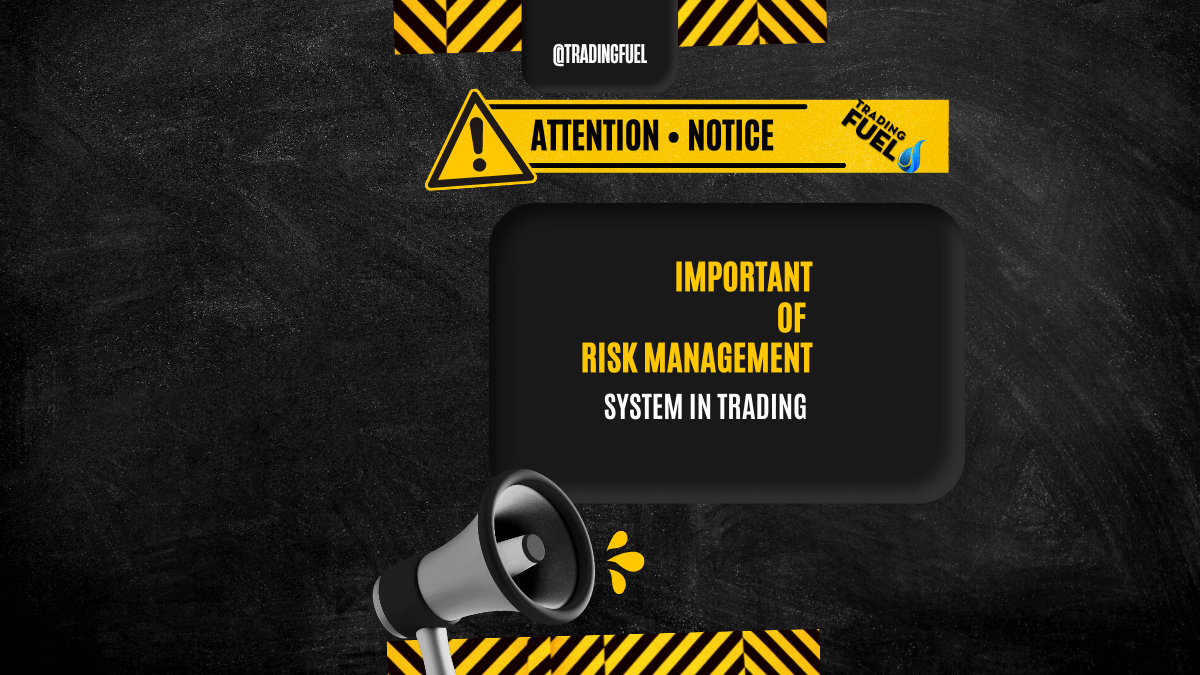Trading in the stock market is not only about waking up analyzing the market and placing the order. Trading is a business that includes an understanding of trading psychology, risk management, and technical analysis. Most new traders think that trading is very easy just learn how to read charts and start trading. But the other two pillars of trading i.e. Trading psychology and risk management play the most important role in becoming a professional trader.
What is Risk Management in trading?
In the trading business, Risk management can be defined as the process of managing, controlling, and identifying the risk involved with every trade.
In trader’s language, risk management is all about putting stop-loss as per accurate trading setup with proper position size.
Why Risk Management in Trading is Important?
Every trader knows that without risk management they can easily lose all the profits with few trades. However, if the loss is small, it can be handled and might get covered easily, but when traders make mistakes and don’t cut their losses, it ends up wiping all your capital and forcing you to start from the beginning.
Without risk management, you cannot achieve your trading goal. Not only for trading but in swing trading and investing also risk management is the key to get success.
R.M. also helps to remove fear and emotion from trading so that you can focus on trading and get better results.
Must Know: Top #5 Scam in the Indian Stock Market
Let’s understand the importance of Risk management with an example
Example :
If you want to risk 1000₹ per day, so you can divide risk into 5 parts. i.e. 200₹ risk per trade or in 4 parts will be 250₹ per trade. Dividing risk into small parts can give you more opportunity as you get 5 or 4 trades.
And let’s take the risk-to-reward ratio as 1:2 so the profit for the day is 2000₹
Case 1:
Trader X Trades for 15 days total in a month and had profit at the end. Here he made a total of 15 trades of which 8 are profitable and 7 are red. He follows the rule of taking a risk of 1000₹ per day. So Here he faces 7 losing days but he trades with discipline and follows risk to reward ratio so, in the end, he is having a profit.
Case 2:
Trader Y same trade for 15 days and had 8 profitable trades and 7 losing trades but he didn’t follow the R.M. system and had an average loosing per trade is 500 ₹ against 400 ₹ profitable trade. Here red days are the same but the trader didn’t follow the risk-to-reward ratio so with 8 profitable days he ended up with a loss at the end.
So with this simple example, we can say how magically R.M. works. Within one day you cannot find results but after giving it a long time you can see a drastic change in your trading account and it will be in your favor.
Also Read: Is Intraday Trading Profitable?
Conclusion:
It is very important to secure your trades with proper risk management. knowledge of risk management and practice trades strictly following risk management will help you to upgrade your level as it will helpful for minimizing your risk and maximum gains. So for a sustainable income from trading, you have to follow risk management with every trade.

